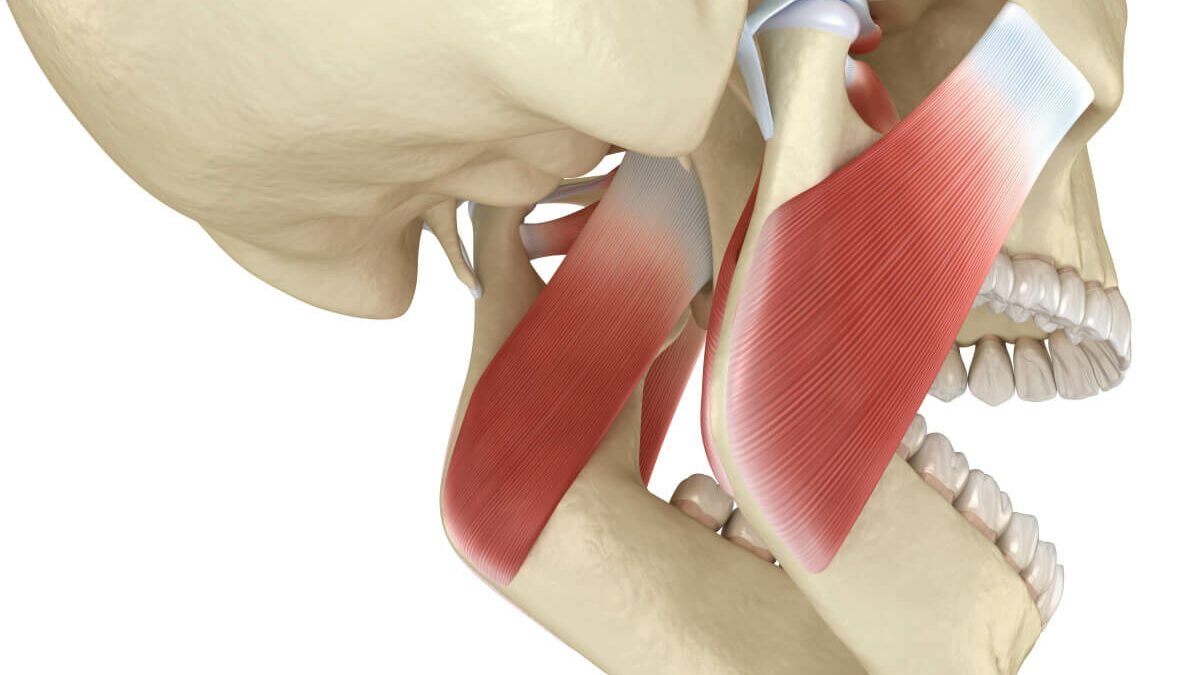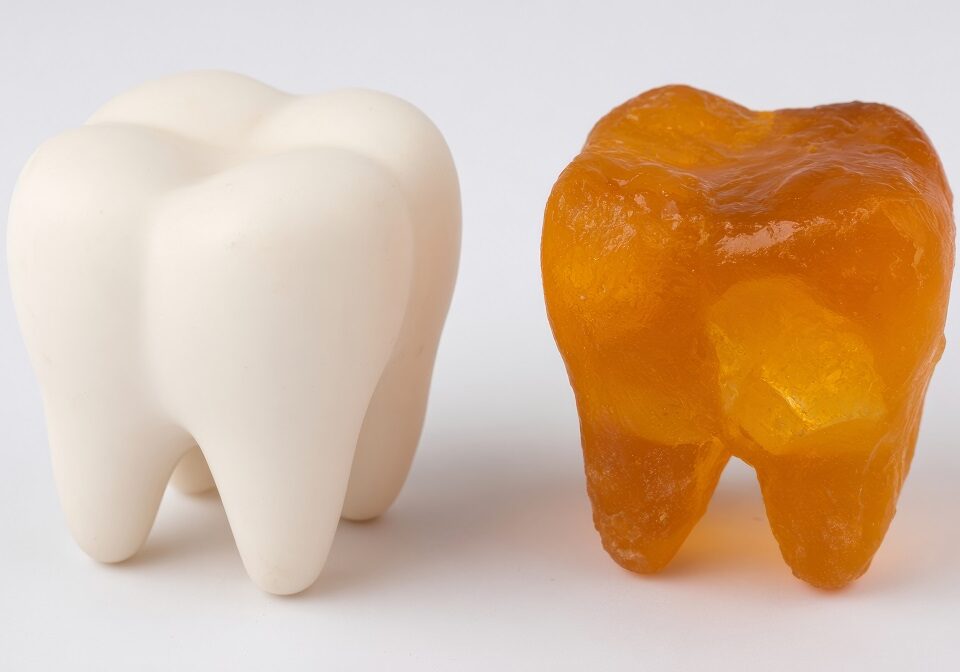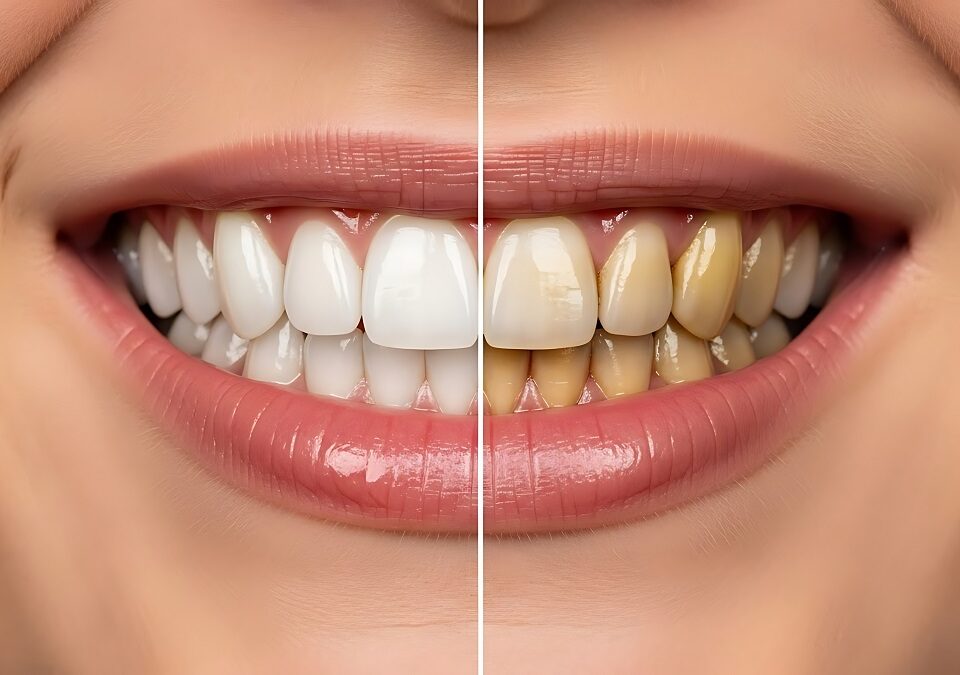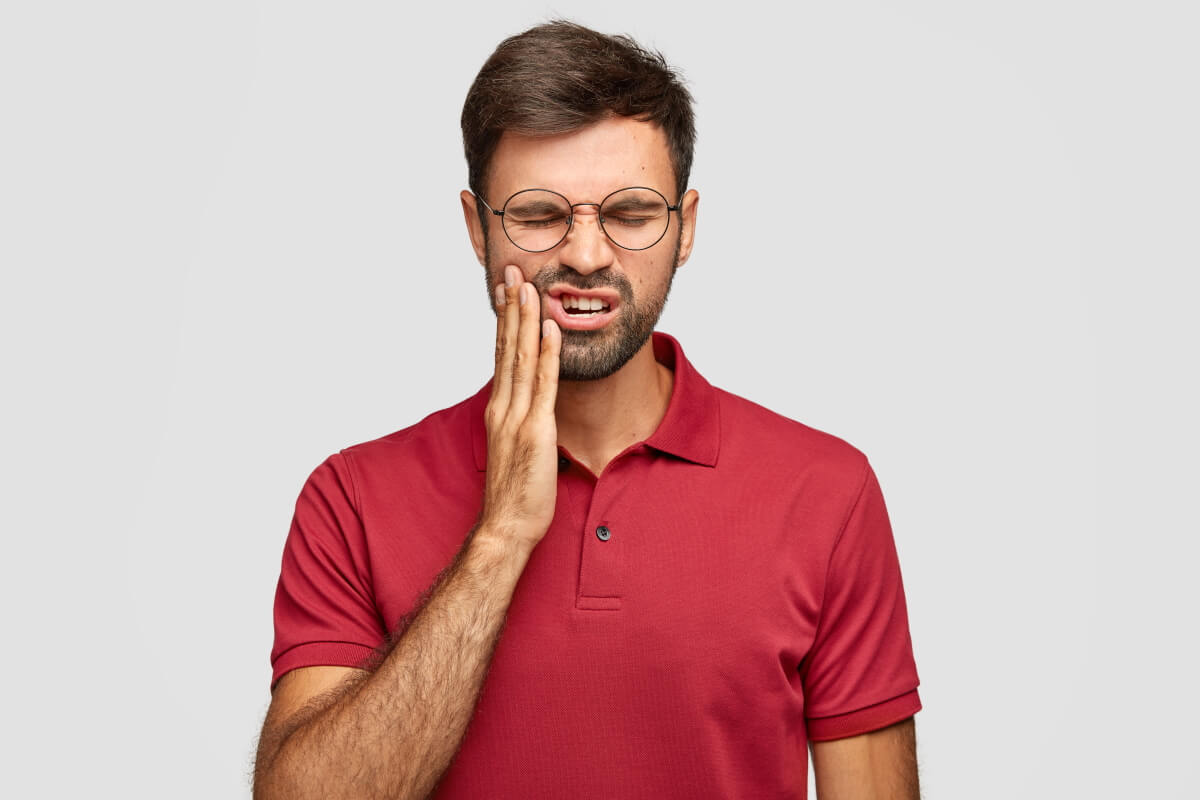
Signs of wisdom teeth coming in
November 24, 2022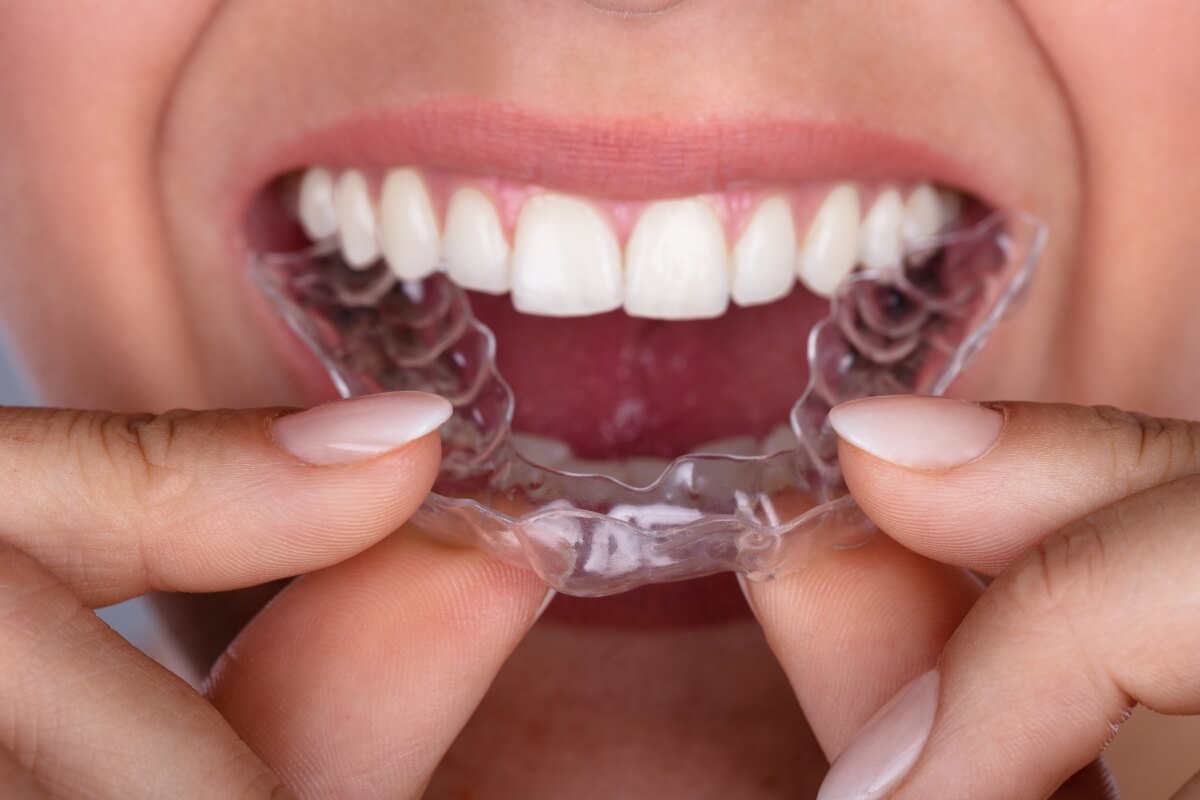
Teeth Aligners
December 21, 2022TMJ HEADACHE
What is TMJ?
The temporomandibular joints or TMJs are the points on either side of your face where your jaw hinges. Your TMJs are crucial for opening and closing your mouth and everything that goes with those actions like swallowing, chewing and speaking.
Did you know that dysfunction of the temporomandibular joint (TMD) could be the cause of your chronic headaches, migraines and severe jaw pain?
What is a TMJ Headache?
TMJ can occur when we experience a knock to the jaw during sport, grind and clench our teeth (bruxism), or from stress. You may also experience a headache or ear pain from the muscle tension and constant jaw ache. This tension can also develop in your neck and shoulders, presenting as neck pain which can further worsen any headaches.
What causes a TMJ headache?
TMJ disorder causes significant pain and dysfunction in the jaw joint and the muscles controlling the joint’s movement. TMJ may exacerbate or cause headaches. They may come and go, or they may be chronic as the disorder progresses and worsens over time. These headaches usually feel as if they’re originating behind the eyes and because of this, they’re often misdiagnosed as migraines.
Symptoms of a TMJ headache
Symptoms that are unique to TMJ include:
- Painless clicking or popping when opening your mouth
- Difficulty chewing
- Pain when chewing
- Earaches
- Locked jaw (difficult or impossible to open or close your mouth)
- Pain or tenderness in your jaw or temporomandibular joint
When you experience persistent pain or your jaw locks, it’s time to let the team at Digital Dental Studio give you a thorough exam and determine the underlying cause of your pain.
Diagnose a TMJ Headache
With a TMJ headache you may experience additional pain in your cheeks and jaw, or other TMJ disorder symptoms, but you could just as easily not notice the TMJ problems at all until your dentist points out you’ve been grinding your teeth.
Different signs of TMJ headache
- Although headaches are a common symptom of TMJ, there are likely other symptoms present, symptoms like clicking or popping of your jaw or limited jaw mobility.
- If you often experience tightness in your jaw or neck from grinding or clenching your teeth, these symptoms are specific or a TMJ disorder.
- If you experience headaches after certain jaw activity, like chewing particularly tough food, chewing gum, or opening your mouth wider than usual. That could point to a connection.
- If you have tried everything to ease your migraine and nothing has worked, it could be because you have a TMJ disorder that also needs to be treated.
Association between TMJ and Headache
One of the primary muscles that move your jaw is a broad, fan-shaped muscle that covers each side of your head. Other muscles associated with the temporomandibular joint are located in your cheeks.
Because these muscles are under constant strain from normal daily activities, they may become tense or knotted, leading to pain and discomfort in the form of headaches.
The way your teeth meet when you bite down may also trigger TMJ headaches. A misaligned bite can put more tension on the jaw muscles which lead to pain and discomfort around the area.
Differences between TMJ and a migraine.
A few differences between a TMJ headache and a migraine is the fact that your pain originates in your jaw. Also a TMJ headache will not cause symptoms that accompany a normal migraine like nausea and sensitivity to light, sounds, or smells.
Treatment of TMJ headaches:
While there’s no quick fix for TMJ headaches, there are a number of treatment options that can help alleviate the symptoms of these headaches and prevent them from occurring in the future:
- Dental Alignment.
- Physical Therapy.
- Botox injections.
- And as a last option, surgery.
Visit: https://www.digital-dentalstudio.com/2022/05/31/how-cure-tmj-permanently/ for more information.
What can Dr. Anna Vishart do for you?
At Digital Dental Studio, your treatment is always customized depending on the cause of your TMJ and the severity of your symptoms. You don’t need to continue suffering from jaw, face, or head pain. Call Dr. Vishart or book an appointment online so we can find the treatment you need to alleviate your pain.

